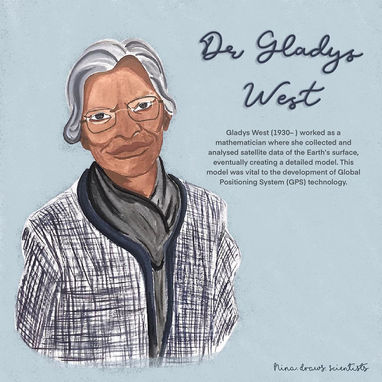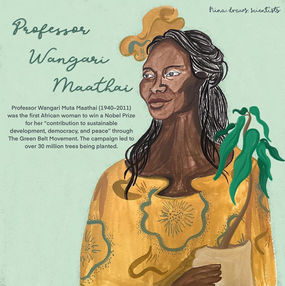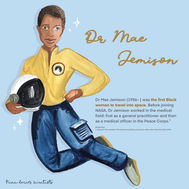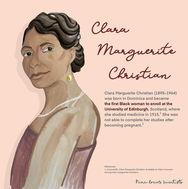teens
What does BIPOC mean?
BIPOC stands for Black, Indigenous, and People of Colour.
BIPOC is an acronym, which is just a shortened version of a word.
It's pronounced "buy-pock".
BIPOC has become widely used due to Black Lives Matter demonstrations and protests against police brutality around the world.
The BIPOC acronym originally came from the word "People of Colour" (POC). POC was coined as a way to say "person before skin colour". Which means that you are not defined by your skin tone!
The addition of "Black" to BIPOC was to call attention to the specific injustices and racial oppresion faced by Black Americans. BIPOC also recognizes that not all People of Colour have the same experiences or injustices.
When should I use BIPOC?
BIPOC can be used if you are talking about social issues that affect both Black and Indigenous People.
When are other terms more appropriate?
Books
Visit your local library or bookstore for these good reads!


If you are referring to an individual whose nationality is known, then you should refer to them by their nationality instead.
The same goes when you are talking about an issue which affects a specific group. In this situation, you should refer to that group specifically.
For example, if you are referring to issues that affect the Black community specifically, then you should say Black. Whereas, if you are talking about issues that affect Indigenous communities, say Indigenous People or refer to their specific nation.
It's important for you to be aware that, not everyone agrees with the use of BIPOC as an umbrella term (all ethnicities and nationalities fall under one word). They feel that this umbrella term erases the way that racism affects different communities and people of different races.
Sign up online for FREE Calgary Public Library (CPL) membership to gain access to their digital library, programs, and more! Click here to sign up today.
The Hate U Give by Angie Thomas

The Hate U GIve, by Angie Thomas, is a powerful and brave YA novel about what prejudice looks like in the 21st century. Sixteen-year-old Starr lives in two worlds: the poor neighbourhood where she was born and raised and her posh high school in the suburbs. The uneasy balance between them is shattered when Starr is the only witness to the fatal shooting of her unarmed best friend, Khalil, by a police officer. Now what Starr says could destroy her community. It could also get her killed. Inspired by the Black Lives Matter movement, this is a powerful and gripping YA novel about one girl's struggle for justice. Movie rights have been sold to Fox, with Amandla Stenberg (The Hunger Games) to star.
The critically acclaimed novel has also been turned into a movie!
Watch the trailer below.
Pemmican Wars by Katherena Vermette (Graphic Novel)

In Katherena Vermette’s A Girl Called Echo series, a 13-year-old Métis girl finds herself with the incredible ability to transport between past and present. It’s a skill that allows her to stand witness to crucial moments in 19th-century Métis—and Canadian—history, including the Pemmican Wars, the Red River Resistance and, in a third instalment published this past February, the Northwest Resistance. As Echo learns about her heritage and history in these gorgeous graphic novels, so do we.
Virtual Resources
Was there a residential school near you?
There were more than 130 residential schools in operation across Canada between the 1870s and 1996. Use this interactive map by CBC to find out information about residential schools that operated near you.
"For more than 100 years, First Nations, Inuit and Métis children were taken from their families to attend residential schools, most of which were run by churches and funded by the federal government.
Students lost their language, culture and family bonds. The Truth and Reconciliation Commission's (TRC) final report said the residential school system amounted to "cultural genocide" against Indigenous people in Canada.
In 2008, the federal government formally apologized for the residential school system and other policies of assimilation.
But despite the work of the TRC, which issued its final report and "94 Calls to Action" toward reconciliation in 2015, many Canadians still aren't aware of the schools that may have existed near them.
There were more than 130 residential schools in operation between the 1870s and 1996. CBC has created an interactive map of the schools that operated across Canada." - CBC, 2016










































